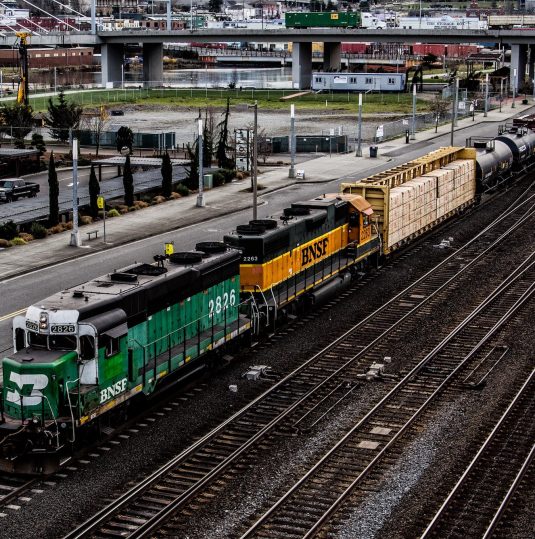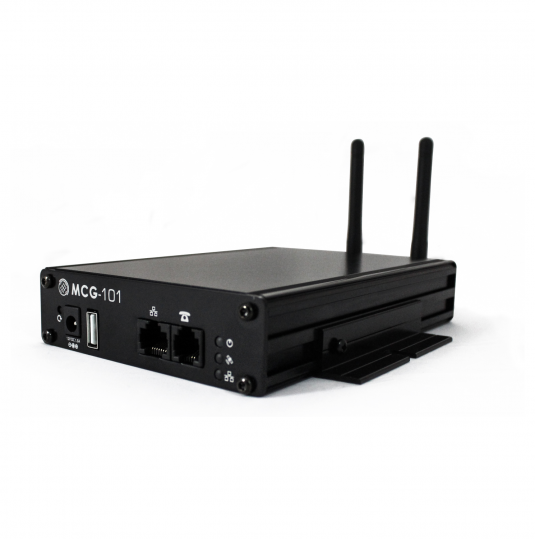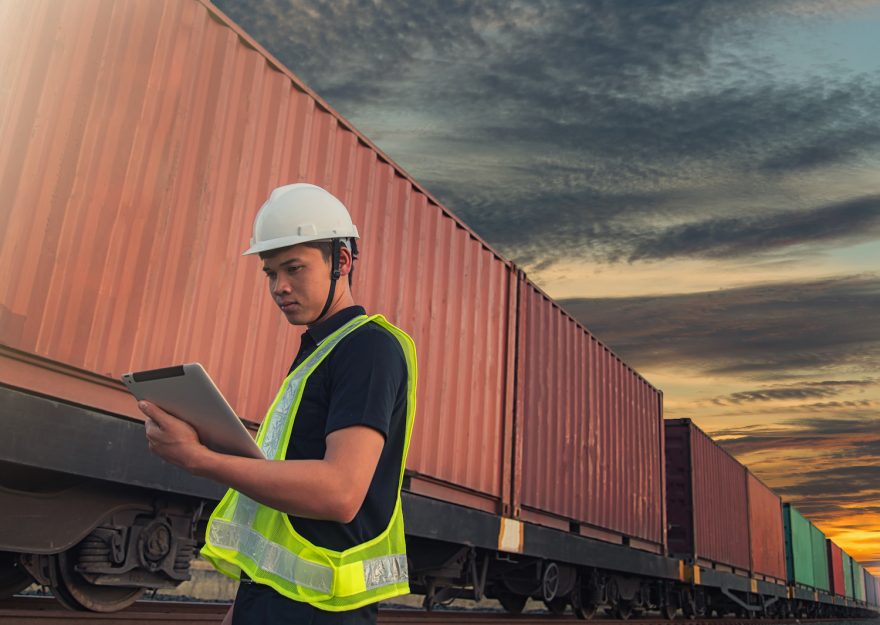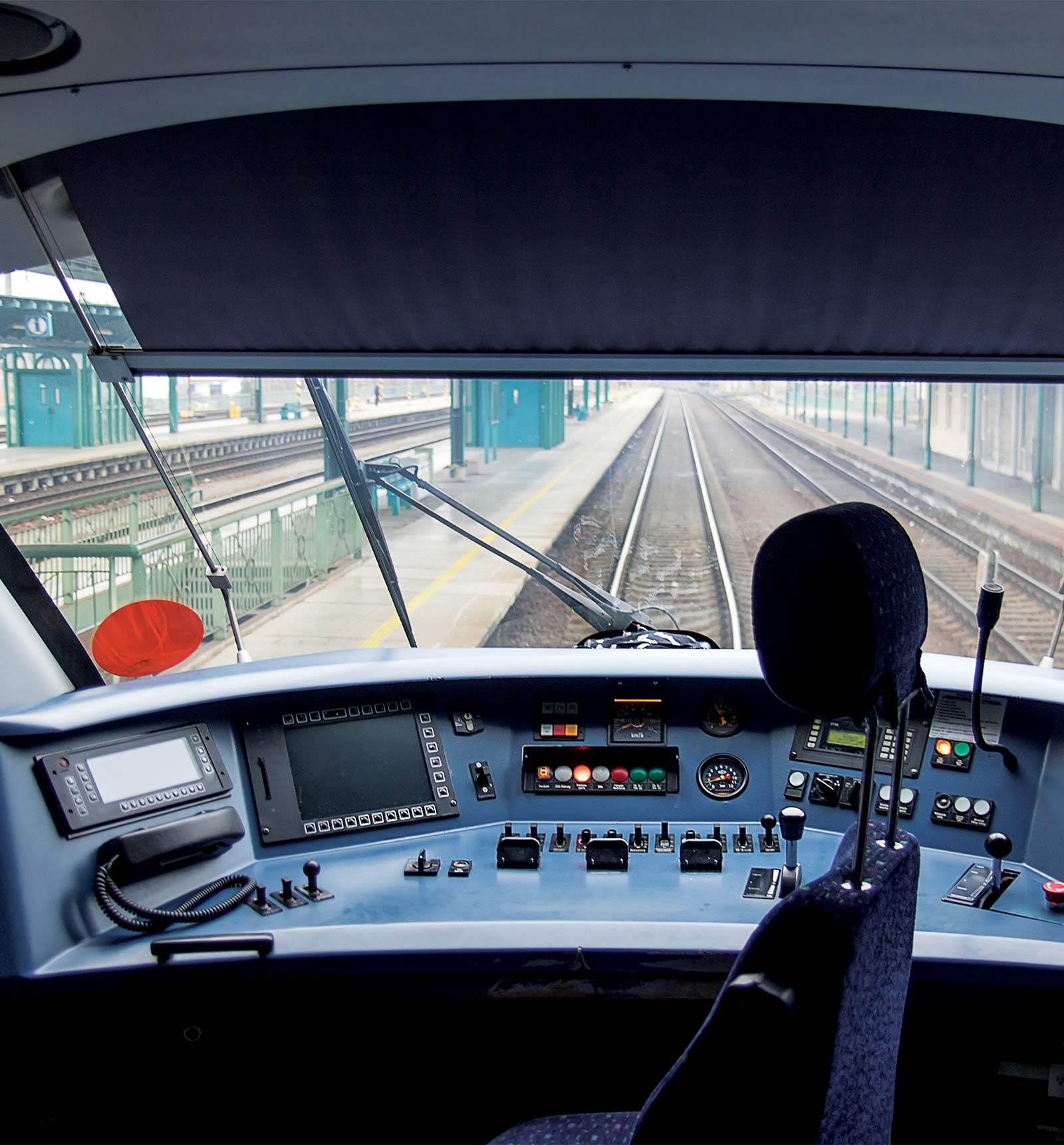
At A Glance:
-
The Challenge
Positive Train Control systems designed to prevent collisions rely primarily on radio communications, but safety and regulatory compliance require solutions when radio communications are not available.
-
The Solution
Iridium partner GSE developed an end-to-end solution to provide an Iridium Connected® Positive Train Control system, as well as voice, data, GPS, and SMS services.
-
The Impact
The Iridium Connected system not only met regulatory standards, but also reduced costs, provided clearer connections, and improved communication between operators.
- 5services in one device

The Challenge
Positive Train Control (PTC) systems are designed to monitor train location and speed to prevent collisions and other kinds of potential rail emergencies. These systems have historically relied primarily on radio communication to transmit data. Aside from PTC, radio is also how train operators communicate with one another on and among trains.
However, more recent regulatory mandates have required that these systems – both PTC and essential communication — also transmit voice and data, even in areas where radio communication is unreliable or not possible.

The Solution
Iridium partner Global Satellite Engineer (GSE) worked with Iridium engineers to develop the MCG-101, an end-to-end solution for rail operators and PTC providers. The unit provides PTC data transmission through Iridium’s Short Burst Data® (SBD®) service, which allows key information regarding location, speed, and system behavior to be transmitted to administrators who can send alerts directly to train operators.
In addition to PTC services, the GSE unit provides phone, internet, GPS, and SMS services over the Iridium network, ensuring a robust secondary communications system when radio communications are unavailable, while providing superior call quality.
The Impact
What began as a regulatory hurdle, became a broader opportunity for rail operators and PTC providers to upgrade their systems. The MCG-101 meets government requirements, while also providing faster, clearer connections even in remote areas or in disaster situations.
These improvements in communication and tracking ultimately lower operational costs for operators as they can be more precise about delivery and departure times, and improves safety as data is transmitted more consistently.

Want more info?
Get In Touch With Our Team


